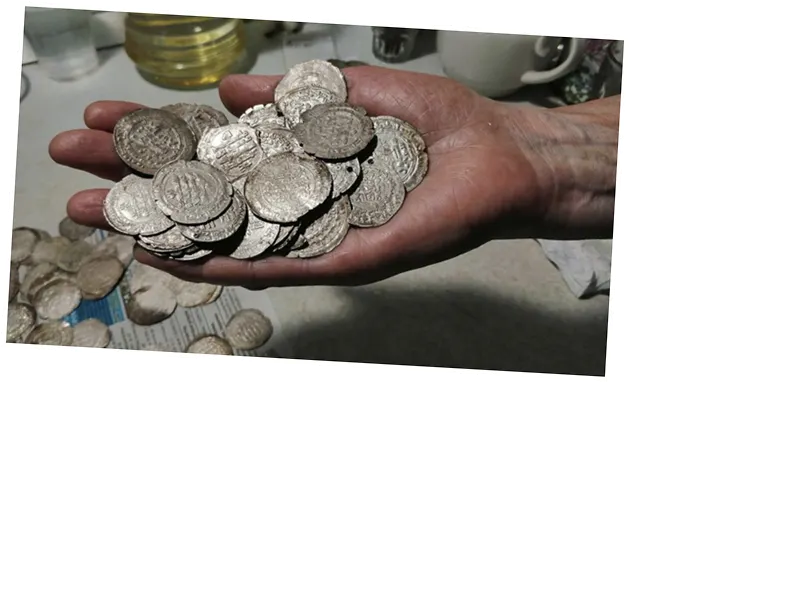Recent research led by Egyptian archaeologist Dr. Jamal Al-Ashebi has provided compelling evidence supporting the construction date of the Great Pyramid of Khufu, dating back to 2500 BC. The study, published in the journal Geology, reveals significant sedimentary evidence of copper and arsenic pollution in the Khufu Port area, which aligns with the historical timeline of the pyramid's construction. This research counters ongoing theories that attempt to attribute this monumental achievement to other civilizations.
The findings indicate that copper mining activities in the region began around 3265 BC, marking it as the oldest recorded instance of metal pollution globally. The research utilized advanced techniques such as inductively coupled plasma mass spectrometry and radiocarbon dating to analyze sediment samples, revealing a timeline of metallurgical activity that predates the pyramid's construction by several centuries.
Additionally, the study sheds light on how ancient Egyptians adapted to environmental changes, particularly a significant climate shift that occurred around 4000 BC, which led to the Nile becoming the primary source of life for these early civilizations. The research highlights the continuity of mining and pastoral activities in the region, lasting until 1000 BC, thus painting a broader picture of ancient Egyptian civilization as one rich in both metalworking and stone construction.
- Dr. Al-Ashebi emphasized the importance of this study in affirming Egypt's historical achievements and the advanced metallurgical skills of its ancient civilization. The research not only reaffirms the timeline of the Great Pyramid's construction but also provides insight into the socio-economic conditions and technological advancements of the time.
- The study's findings have garnered attention from historians and archaeologists alike, reinforcing the notion that ancient Egyptian civilization was multifaceted, characterized by both stone and metalworking prowess. Egyptologist Bassam El-Shamaa noted that this research counters the narrative that ancient Egyptians lacked the knowledge and resources to construct such monumental structures in a short time frame.






